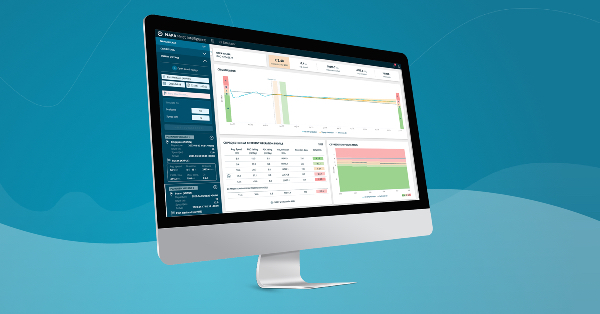NAPA’s new simulation tool will enable greater charter party collaboration and emissions reductions, by predicting CII and modeling impact of potential efficiency measures.
Global maritime software and data services provider NAPA has urged the shipping industry to take a proactive approach to the IMO’s Carbon Intensity Indicator (CII), making the most of digital platforms that enable charterers and owners to work collaboratively towards compliance and reduce greenhouse gas emissions.
This comes as NAPA has launched its CII Simulator, a module of the NAPA Fleet Intelligence platform, during CMA Shipping in Stamford, United States. The new tool uses a ship’s digital twin, together with data on its past and current routes and performance, to predict its CII rating for every sea passage or for any desired date during the year, such as at the end of the year, or after a given chartering period.
Crucially, NAPA CII Simulator can simulate the impact of different energy efficiency measures and operational profiles, such as weather routing or slow steaming, on a vessel’s CII rating. The tool can also model the effect of installing energy saving devices and hull cleaning, providing further clarity on what measures will deliver the most impact for a specific vessel.
The Executive Vice President of NAPA Shipping Solutions, Pekka Pakkanen, insisted on the central role of digital tools to help the industry work collaboratively and navigate the new paradigms of CII: “New regulations call for new ways of working, with digital solutions providing the objective insights needed to bring all stakeholders on the same page. While a degree of uncertainty remains about the full implications and implementation of CII, one thing is certain: if we are to make CII a success, we need collaboration, especially between shipowners and charterers.
“To make this collaboration happen in practice, they need a common platform where they can develop a shared understanding of how a vessel’s CII evolves throughout the year, and what can be done about it. This is where our NAPA CII Simulator comes in, delivering reliable analyses and predictions that help them make the best possible operational decisions together to improve the ship’s performance, and boost or maintain its CII,” Mr. Pakkanen continued.
Developed by NAPA in collaboration with owners and charterers, the new CII Simulator will be an important tool to help action CII clauses in charter party agreements. By delivering reliable analyses of the causes behind a vessel’s performance, the tool will help avoid disputes and ensure that contractual obligations are met. NAPA CII Simulator has been welcomed by both owners and charterers, with early partners in the project already using it actively.
Commenting on the new development, Ossi Mettälä, Sales Manager at NAPA Shipping Solutions, added: “This new module carves a clear path towards CII compliance, bringing a much-needed fact-based picture of every ship’s performance. Acknowledging the newly found shared responsibility for CII between shipowners and charterers, NAPA CII Simulator serves as a neutral platform where stakeholders can make sustainability, commercial and efficiency-focused decisions with greater confidence. This enables them to take a proactive and prompt approach to CII compliance, but also to their decarbonization journey more broadly.
“While it’s still early days for CII, it’s clear that the industry will have to significantly change its ways of working to create real positive impact for the planet. At NAPA, we are proud to help the industry navigate this change with the launch of NAPA CII Simulator module to help the industry reduce its emissions while continuing to make commercially viable decisions.”






































